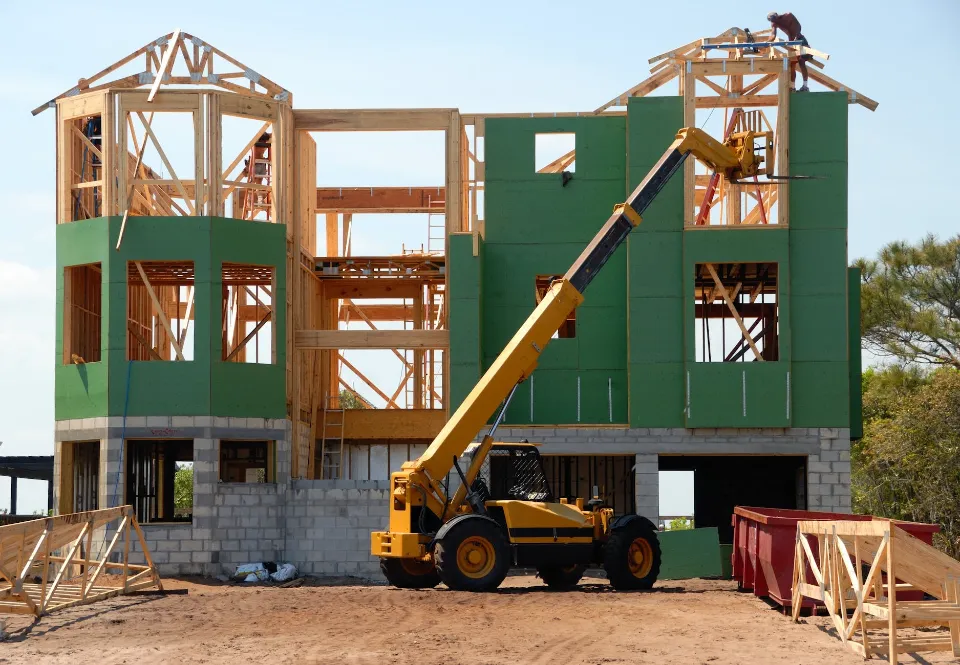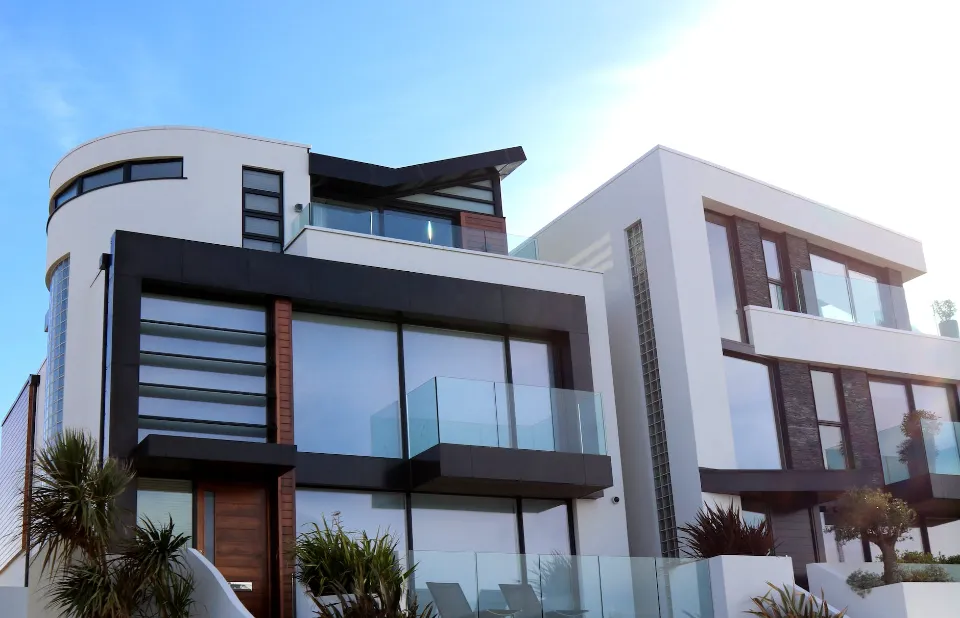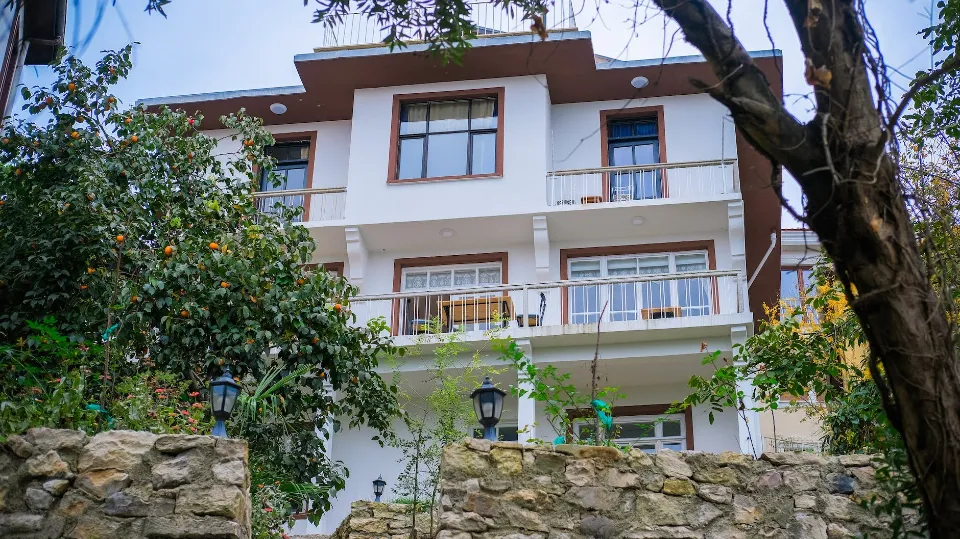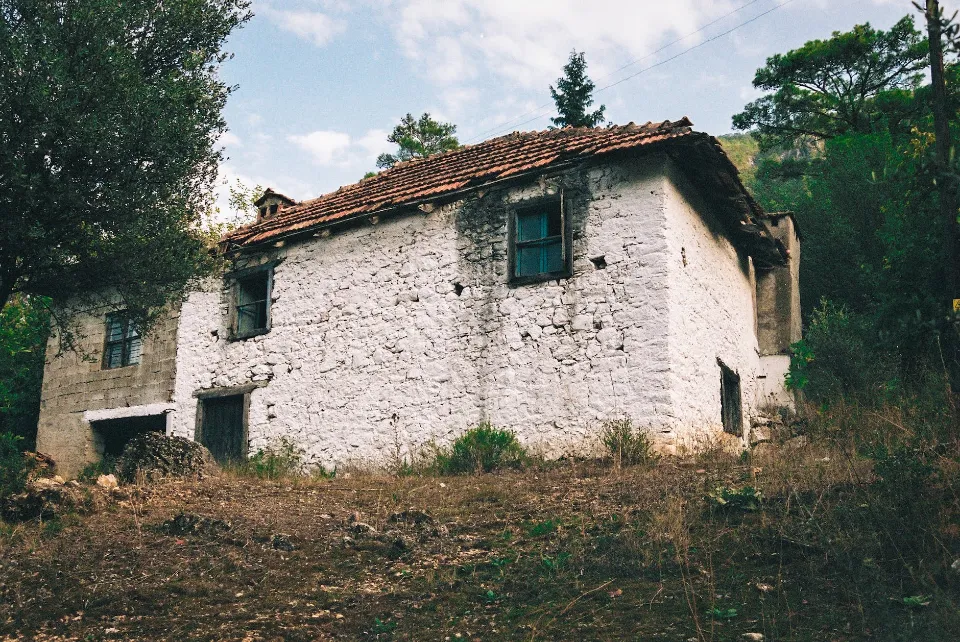
How to Save Money Building a House? 11 Simple Tips
To help you build your home on a tighter budget, we’ve put together this list of our top ten money-saving suggestions.
While there are many myths about home construction, the most prevalent one is that it is prohibitively expensive. Naturally, constructing a new home is expensive, and it might be among the biggest investments you ever make.
There are ways to manage a home-building project instead of watching your savings disappear. In actuality, staying within budget is simple if you are well-researched, proactive, and determined.
Here are some ways you can save money on the construction of your new home or cabin by hiring yourself if you’re willing to roll up your sleeves and get to work.
Set a Budget
Decide how much you can afford to spend on the construction of your home before anything else. Before you purchase a lot, consult with a financial advisor and your lender.
Establish a budget, share it with your builder, and stick to it. No matter how alluring those more expensive options may seem, make the decision to stick to your spending limit.
Related: 7 Tips For Saving For A House: Start Now!
Select a Smaller Footprint
Each and every square inch counts when creating a house. Costs increase as a house gets bigger. If the cost of building your home is $100 per square foot, for instance, adding 250 square feet will cost you $25,000 in total.

Put your family’s need for space first. To get the most value for your money, keep your floor plan simple and highly practical. A great way to give the impression that your home is larger without increasing the cost of construction is to choose an open floor plan.
Choose Stock House Plans
Even if you are not a trained architect or engineer, you can browse premade house plans to find the one that best suits your needs and budget and avoid the extra cost of having custom blueprints created.
If you have a good sense of aesthetics and can picture two-dimensional floor plans in three dimensions, selecting a stock plan is a great choice. Although you won’t have full control over your home’s design, many companies that sell blueprints give you a limited amount of customization for a fee.
In order to meet your most important requirements and avoid paying the premium cost of a fully customized design, you can also hire a professional to make changes to the plans.
Consider Being Your Own Contractor
By performing a sizable portion of the work yourself, you can save a significant amount of money when building a home. This would be an alternative to working with a general contractor. Even if you don’t have much construction experience, you can learn a lot of the necessary interior tasks.
For each step of the process, take into account your comfort level and skill level. The majority of homeowners will discover that once their home is constructed, they can complete tasks like locating and ordering materials, laying tile or brick, installing sheetrock, creating landscaping, or painting their house on their own.
Depending on your level of expertise, you might be able to handle more challenging tasks like installing the plumbing, electrical wiring, HVAC, roofing, etc. in your home.
Don’t forget that it takes years to become an authority in these fields. If you are not licensed in any of the trades and/or are starting from scratch, we highly recommend that you do not cut corners in these areas and still plan to outsource these tasks to professionals.

Find the Right Builder
A builder can make or break your project, much like finding a piece of land can. An excellent builder will cooperate with others and adhere to a schedule. assisting you in controlling costs and inconvenience. A poor builder won’t be very accessible and present on the job site.
Be sure to check references and ask important questions when hiring a builder. Inquire about a builder’s registration, insurance, and certification to be sure. Last but not least, confirm that your builder has sufficient time available in their schedule to accommodate your build.
Source Materials on Your Own
Access to materials in bulk and at discount rates is available to builders. However, you might be able to find a better deal by looking around and requesting quotes for items that are not bought in bulk.
On your own, source kitchen appliances like stoves and ovens. You might be able to find the ideal appliance on sale by doing some comparison shopping. Aside from that, you might want to buy your own radiators and water heaters because builders typically charge a high price for stock models.
Group “Wet Rooms” Together
Eliminating the need to install extra plumbing in multiple locations can help you save money when building a home. Wet rooms or rooms that need water hookups can be grouped together to reduce costs.
You can do this horizontally by placing the laundry room adjacent to the kitchen, or vertically by “stacking” the bathrooms either on top of each other or at least on one end of the house. You’ll spend less money, time, and labor. In the long run, you’ll also spend less on repairs because, if there is a problem, it’s simpler to locate with less overall piping.

Cut Back on Customizations
We frequently have the freedom to select the exact features we want for our homes when we build them according to a custom design. However, the price to build your home increases right away each time a feature is slightly off-plan.
This implies that the moment you add a half bathroom, or even just replace the bathtub in the master suite with a larger shower, you’re going to add hundreds, if not thousands, of dollars to your total cost.
Pricing for materials is also governed by the same principle. Your wallet will suffer if you import specialty wood from Italy rather than buying from your neighborhood hardware store. Spending money on some of your dreams is definitely encouraged, but think about your priorities before approving every upgrade.
The time and labor involved in framing your home can also be reduced by using prefabricated panels. Often called “prefab” panels, they are walls built off-site in a factory and installed intact once they reach you.
Take on Less-Skilled Jobs
There are a variety of jobs that are unrelated to MEP systems that can be done by your own general contractor if you want to keep costs down overall (most system-related work can only be done by licensed professionals).
These include drywall installation, batting insulation installation, wall sheathing, plywood floor decking installation, and wood flooring installation.
It’s possible that you can’t perform any building work if you’re working with a builder. As regulations differ by location, check with your local building department, but if you’re working with a general contractor, you need to get their support.
Many contractors either won’t or would prefer not to let you take part. The GC might decide against risking his insurance coverage on you because you are an unknown quantity. The GC needs to be confident that you can uphold your end because they are responsible for meeting deadlines and finishing the house on a budget.

Complete Finishing Touches Yourself
Contrary to popular belief, not every step in the construction of a home requires a professional builder or contractor. For home builders, this is encouraging news because it offers yet another opportunity to cut costs.
For instance, instead of hiring someone to paint the accent walls, pick up a paintbrush and do it yourself. Finish the landscaping by getting your hands dirty in the garden. Attach the handles to the kitchen cabinets using screws. Self-reliance could help you save hundreds of dollars.
Stick to the Plan
One more piece of advice: try to stick to the schedule. Once work has begun, it is very expensive to change your mind. In reality, plan amendments not only result in material and labor costs but also a 20% premium from the builder.
Even though sticking to the plan may seem impossible, it can be done if you do your homework, plan carefully, and define your needs, wants, and preferences before work starts. In this manner, you have a well-defined strategy in place that perfectly takes lifestyle and other factors into account.
Conclusion: Save Money Building a House
Building one’s own home is a dream shared by many people. However, the expense is a significant barrier. Consider constructing a home differently rather than giving in to your dreams and purchasing an existing home.
Costs are significantly reduced by carefully organizing the project, selecting the best team, finding the ideal plot of land, and then constructing the home of your dreams on that land. Even better, there is no need to sacrifice either the design or the construction.
The bottom line is that it doesn’t have to be expensive to build a house. Be a thoughtful consumer by doing your research, choosing wisely, staying within your means, and planning.
FAQs
What Costs the Most When Building a House?
Framing is the highest material cost for most new home builds. For a house in the United States, high-quantity lumber framing costs on average $33,000. Floors, walls, and roof trusses are all included in this. Beginning at about $20,000 are metal stud framing systems.
What to Save on and What to Splurge When Building a House?
While main flooring in high-traffic areas like the living room and kitchen are areas to splurge on, less-used spaces like bedrooms, basements, or playrooms are a great option to save on. Function vs. Space: Generally speaking, building a larger home will cost more money.
What is the Cheapest Housing to Build?
The least expensive type of house to build is one with an easy-to-understand layout. The majority of ranch homes are one-story buildings with attached garages. You can find a home that suits your needs and budget thanks to their easy availability of construction plans and a high degree of customization.


